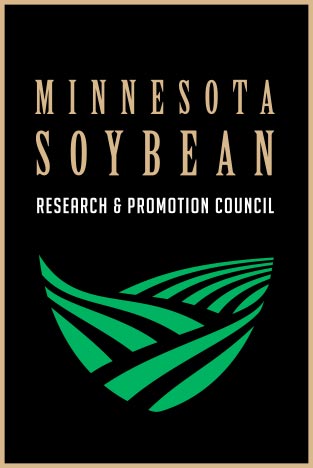Nitrogen Loss could have lasting impacts on MN farmers
Nitrogen Loss could have lasting impacts on MN farmers

Constant rainfall throughout this spring and into our early summer has farmers, especially those in southern Minnesota, concerned about nitrogen (N) loss and its long-term implications.
According to Brad Carlson, Extension educator for the University of Minnesota who specializes in nutrient management, water quality and precision agriculture, the N losses being witnessed in their plots in Waseca are “extreme” and should be concerning for Minnesota producers.
According to U of MN Extension, the two primary loss pathways are leaching and denitrification, both of which happen when N is in the nitrate form. The conversion of N to nitrate is biological in nature, and therefore, time and temperature dependent. The extent to which applied fertilizer has undergone this transformation varies based on application practice and local conditions.
“We don’t have a ton of data yet, but our drainage plots in Waseca have N concentration levels upward of 40 ppm, which is concerning because we only applied 20 pounds of N this spring,” said Carlson. “We know that the N coming out of those tile lines is actually residual from last year.”
This year’s N loss is being made worse due to the previous three years of drier than average conditions. Carlson notes that there is typically some N loss annually during the spring months, but dry conditions have allowed it to build up and now that large reserve is flushing out of the soils.
“What we’re seeing in southern Minnesota is a worst-case scenario, and we’re starting to see a lot of the N loss occur through denitrification as well.”
Denitrification occurs when oxygen is lacking in the soil due to saturation and soil temps that are in the 70-to-80-degree range. During that process, the nitrogen moves up out of the soil, as opposed to leeching where the nitrate goes deeper, turns into a gas (N2) and absorbs into the atmosphere.
Corn and wheat fields may be seeing some yellowing as a result of the N loss, while soybeans are less dependent on it at this point in the growing season.
“As long as you have your weed control in check, you aren’t dealing with some sort of crippling disease issue and your plant is relatively healthy, you can still reach full yield potential pending things dry out here as we head into July,” Carlson said.
The difficulty now for a lot of producers when it comes to weed control or side dressing to supplement the N loss, is whether or not they can even get to the fields to address those issues.
“We have options to add some nitrogen, but they’re becoming more limited as the growing season continues, plus we’re having difficulty just getting into the fields because we’ve haven’t had hardly any consistent drying periods,” said Gene Stoel, Minnesota Soybean Research & Promotion Council (MSR&PC) director who farms near Lake Wilson.
Carlson adds that the producers whose fields look the best are the ones who closely followed N smart practices and the 4Rs of nutrient stewardship, which addresses the right fertilizer source at the right rate at the right time and in the right place.
“We’ve really been beating the drum about not applying fall urea for a very long time and we’re seeing the downfall of that now,” said Carlson, who has been teaching a N smart course for the past decade. “It’s a good learning opportunity for growers who may want to reevaluate their practices moving forward.”
Perhaps the biggest implications of the N runoff are yet to be seen as concerns pile up over how badly it could contaminate the waterways, which could impact regulations heading into fall.
“A lot of us are waiting to hear what ends up getting reported as to what’s flowing down the Mississippi or Minnesota rivers,” Carlson said.” It’s possible the numbers aren’t going to look good and that could lead to some fallout.”



